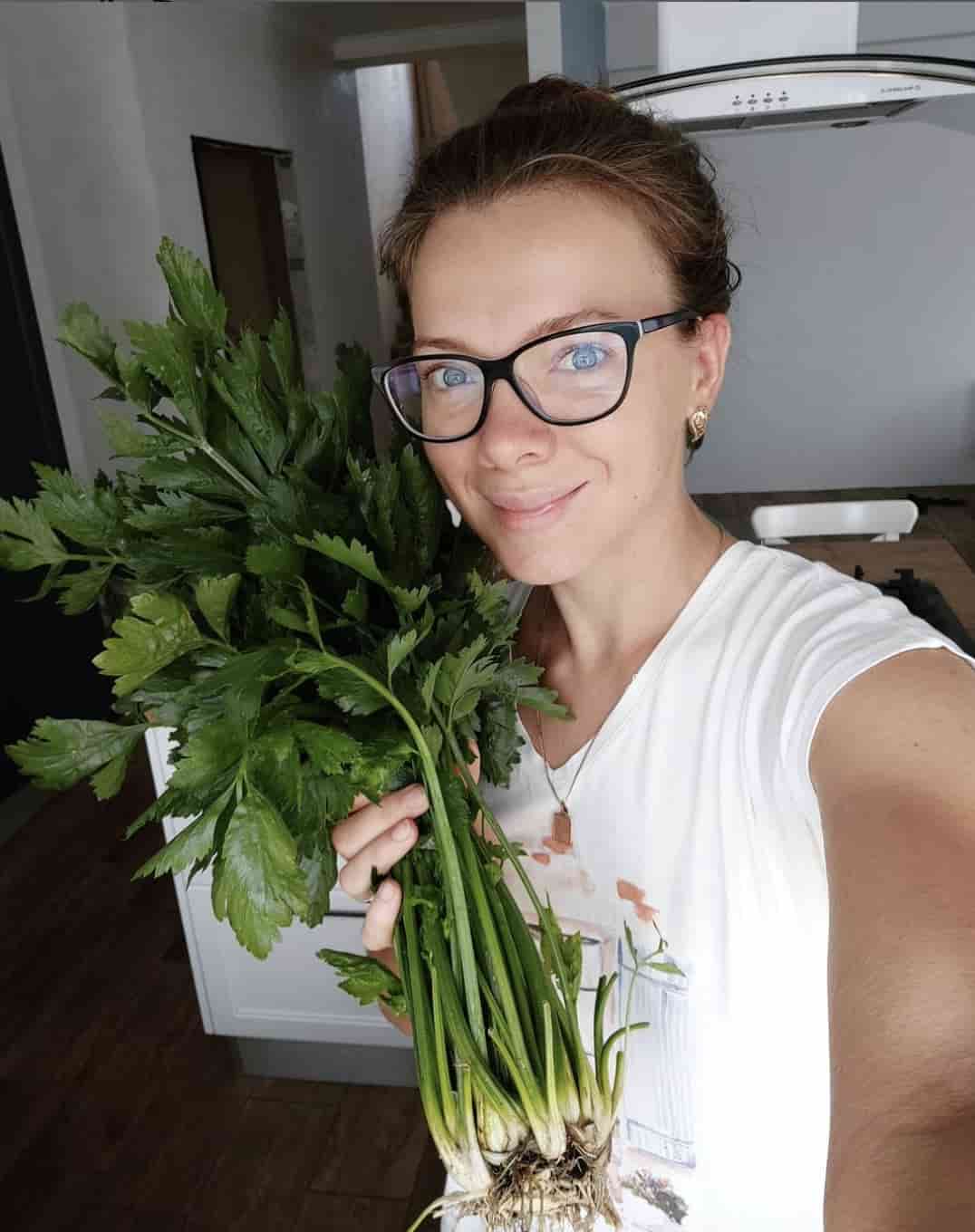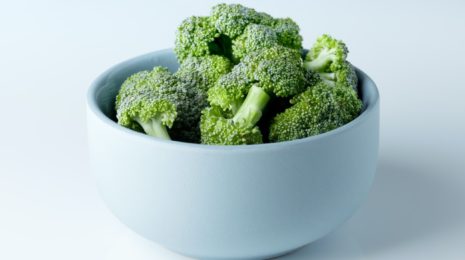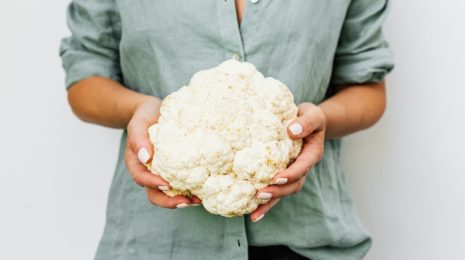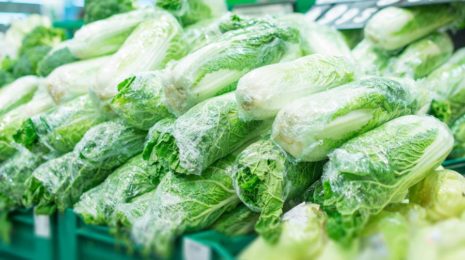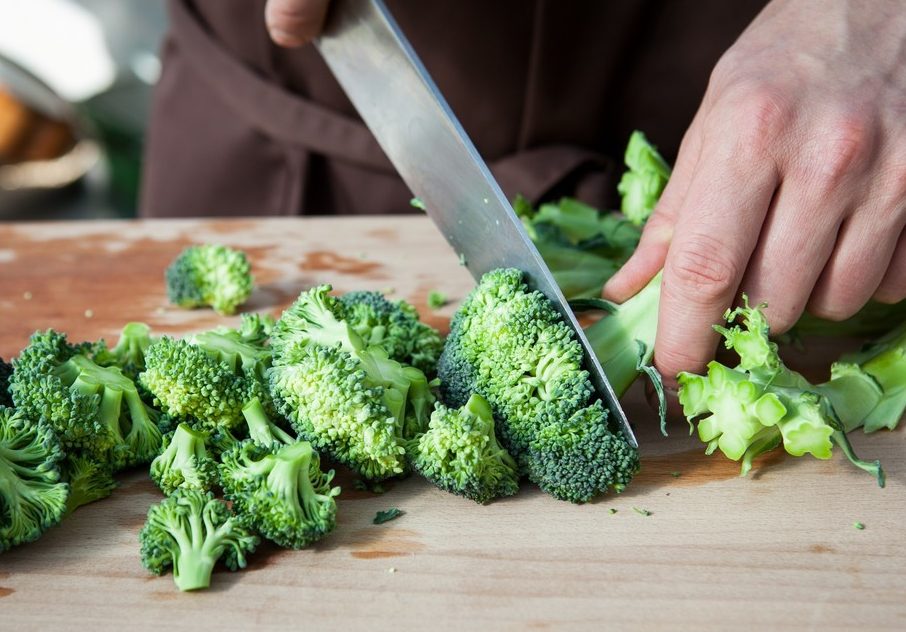Understanding “how to clean broccoli” is more than just a culinary step; it’s a vital practice to ensure you’re making the most of this nutritious vegetable without compromising your health. As you dive into this comprehensive guide, you’ll discover not only the importance of cleaning broccoli but also the techniques, tools, and tips to do it right. Welcome to the journey of ensuring every floret you consume is as pure and beneficial as nature intended.
How to Clean Broccoli From Pesticides
Now, picture this: A sprawling broccoli field, leaves fluttering in the breeze, and farmers diligently tending to their crops As much as this pastoral image holds true, modern agriculture also involves the use of various chemicals. Pesticides, for instance, are commonly employed to protect these lush greens from pests. However, residues of these substances can often find their way onto the vegetable’s surface. But it’s not just pesticides. The journey of broccoli from farm to store can expose it to multiple contaminants. Some might be airborne pollutants from transportation, while others could be remnants from handling and packaging processes.
Why Properly Washing Broccoli is Crucial
The tapestry of modern agriculture is as complex as the structures of the broccoli we consume. And within this complexity lie reasons that make it crucial for us to ensure our broccoli is washed adequately.
Health Concerns, Pesticide Residue, and Environmental Pollutants

Additionally, the modern world isn’t just about pastoral farmlands. It’s a mesh of industrial activities, transportation, and more. This means our broccoli might be exposed to various environmental pollutants. These can settle on the vegetables during transportation or even as they sit beautifully displayed in stores.
Potential Insects or Bugs
Beyond the unseen chemicals, there’s a more tangible concern: insects and bugs. Broccoli’s intricate structure is a natural hideout for tiny critters. Think aphids, caterpillars, and even spiders. While the majority of these are harmless and, in some ways, a testament to the organic nature of the produce, they’re not typically welcome on our plates.
Tools & Materials Needed
How To Clean Broccoli
Before diving deep into the cleaning process, a preliminary rinse is essential. It’s like the prewash cycle in a washing machine. This initial rinse gets rid of superficial dirt, some loose contaminants, and any critters that might be hanging out on the surface.
How to Do It Properly
Hold the broccoli upside down, stem facing up. This allows water to naturally flow through the florets, carrying away loose dirt. Gently agitate the broccoli under running water, ensuring every part is exposed to the water.
Soaking
During my years studying vegetable storage and handling techniques, I found that soaking is often an underrated champion in the cleaning process. It can help loosen stubborn contaminants and even dislodge some of those insects tucked deep within the florets.
Vinegar or Salt Water
For those wanting an even deeper cleanse, a solution of vinegar or salt in water can be considered. Both agents have properties that can help in breaking down certain chemicals and act as a natural deterrent for pests.
Duration for Soaking
Submerge the broccoli completely in the solution (or plain water) and let it sit for about 5 to 10 minutes. You don’t want to soak it for too long, as this could lead to sogginess.
Brushing
When and Why It Might Be Necessary
If your broccoli has visible dirt or if it’s from a source where you believe there might be more stubborn contaminants, brushing can be beneficial. This adds an extra layer of cleanliness, ensuring a thorough cleanse.
How to Gently Brush Without Damaging the Florets
Using a soft-bristled vegetable brush, gently scrub the broccoli, focusing on areas with visible dirt. Ensure the touch is light to prevent breaking the delicate florets. The goal is to clean, not to cause damage.
Final Rinse & Drying

Proper Drying Techniques to Ensure Longevity and Freshness
Once cleaned, shake off the excess water and place the broccoli in a colander. Allow it to air dry or gently pat it with a clean cloth or paper towel. Proper drying ensures the broccoli doesn’t become soggy and maintains its freshness when stored.
Tips for Storing Cleaned Broccoli
After spending years exploring the intricacies of vegetable storage, one thing’s certain: every vegetable has its quirks, and broccoli is no exception. Once cleaned, storing broccoli correctly is pivotal to maintaining its freshness. A simple method is to wrap it in paper towels, which help absorb any residual moisture. Place the wrapped broccoli in a ventilated plastic bag or a produce storage container and pop it into the refrigerator’s crisper drawer. The cold environment, combined with minimal moisture, ensures the broccoli stays crisp and fresh.
This debate is as old as time—or at least as old as refrigerators. On one hand, washing before storing means you have ready-to-use broccoli on hand. On the other, washing before eating ensures peak freshness and texture. My stance, grounded in agricultural science, leans towards washing just before consumption. The reason? Introducing moisture and then storing can accelerate spoilage. However, if you opt to wash before storing, ensure the broccoli is dried thoroughly.
Common Mistakes to Avoid
Over-soaking
Remember those times soaking in the tub for too long left your fingers all wrinkly? Vegetables, in their way, react similarly. Over-soaking broccoli can make it lose its crispness, leading to a soggy mess. It’s not just about texture; this can also diminish some nutritional value.
Not Paying Attention to the Crevices
Broccoli’s intricate structure, while beautiful, is a maze of hideouts for contaminants. When washing, it’s essential to pay keen attention to these crevices. Failing to do so can mean you’re leaving behind some of those pesky chemicals or bugs.
Incorrect Storage Leading to Rapid Spoilage
Storing broccoli in an airtight container or bag traps moisture, and before you know it, you have a moldy, spoiled mess. Remember: Ventilation is key. Always ensure the storage method allows the broccoli to breathe.
Conclusion
The journey of broccoli, from farm to plate, is a dance of nature and human intervention. Cleaning and storing it right ensures that this dance ends in a symphony of taste, nutrition, and safety. As you savor each bite, remember the care that goes into ensuring its purity, and let that be a testament to the beauty of clean, healthy eating.
FAQ
Every time! Even if the broccoli looks clean, microscopic contaminants or pests may still reside. Always ensure you wash your broccoli before consumption, whether you've bought it from a grocery store, a local farmer's market, or even plucked it from your backyard garden.
It's advisable not to use synthetic soaps or dishwashing liquids as they may leave harmful residues. Instead, stick to natural cleaning solutions like vinegar, salt, or baking soda, which are safer and just as effective for the purpose.
While "pre-washed" broccoli offers convenience, it's always best to give it an additional wash at home. This extra step ensures you're doubly sure about the cleanliness and safety of the vegetable you're about to consume.
Cold to lukewarm water is ideal. Hot water may wilt the delicate florets and degrade some nutrients. Remember, the aim is to clean, not cook!
Finding worms or bugs can be off-putting, but it's a natural occurrence and can even indicate the absence of harmful pesticides. If you find pests, remove them, and thoroughly wash the broccoli. Ensure you inspect the crevices well. Once cleaned, the broccoli should be safe to eat.
When stored correctly in a ventilated container or bag and placed in the crisper drawer, cleaned broccoli should stay fresh for about a week. If you notice any signs of spoilage, like mold or a foul smell, discard the broccoli.
Yes, you can! However, it's best to blanch the broccoli before freezing. This process helps retain its color, texture, and nutritional value. After blanching, ensure the broccoli is dried well before placing it in freezer-safe bags or containers.

